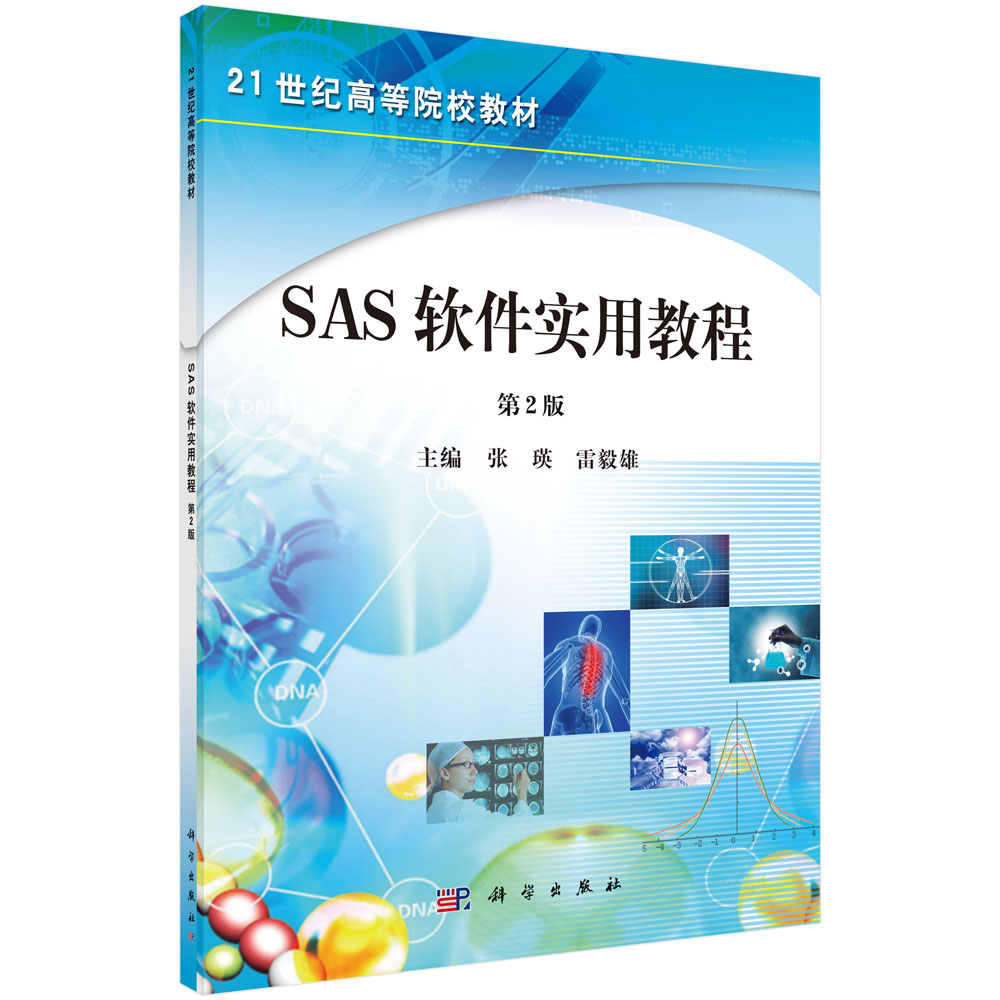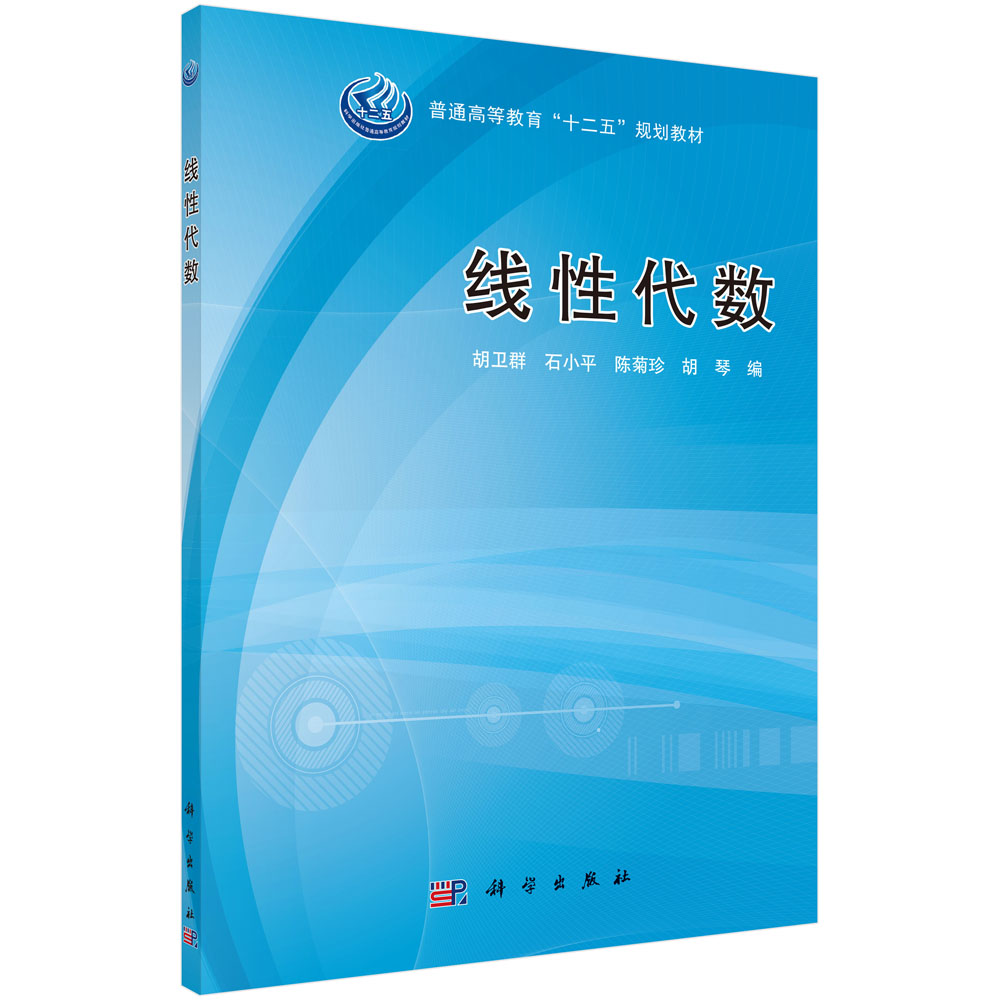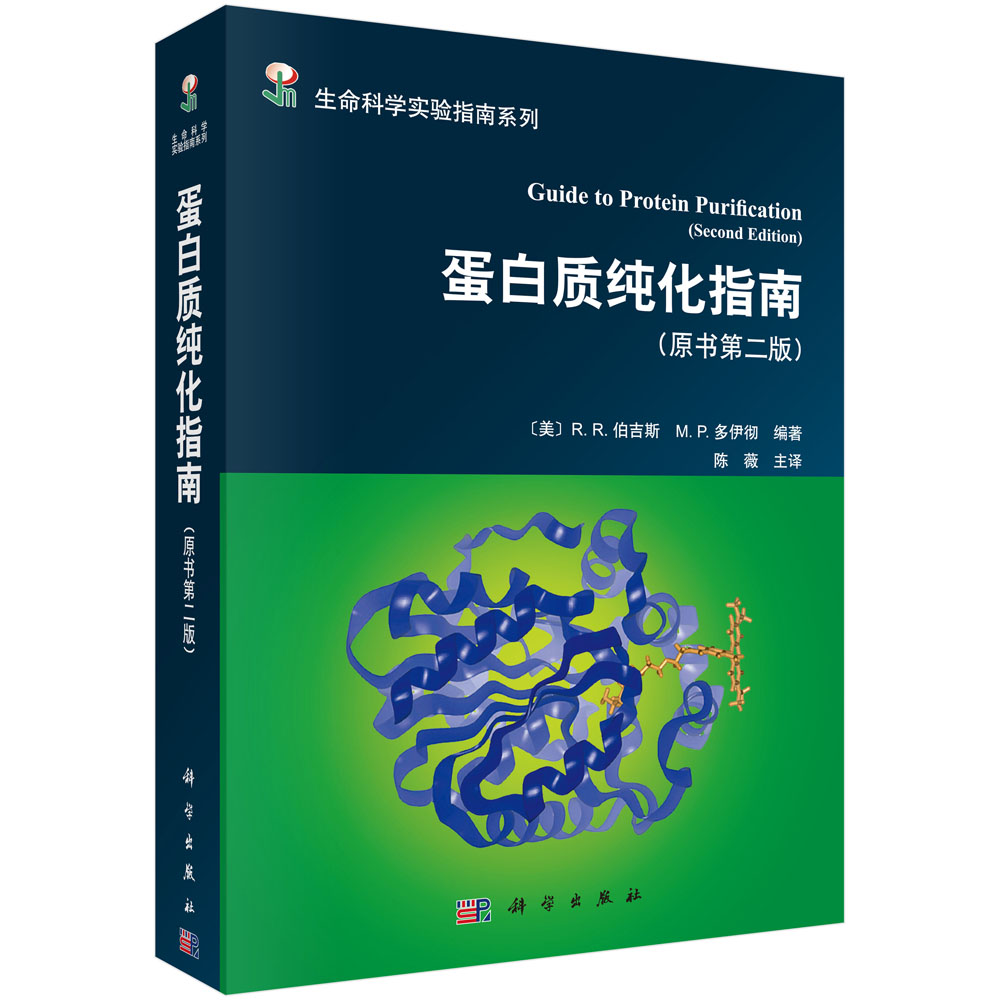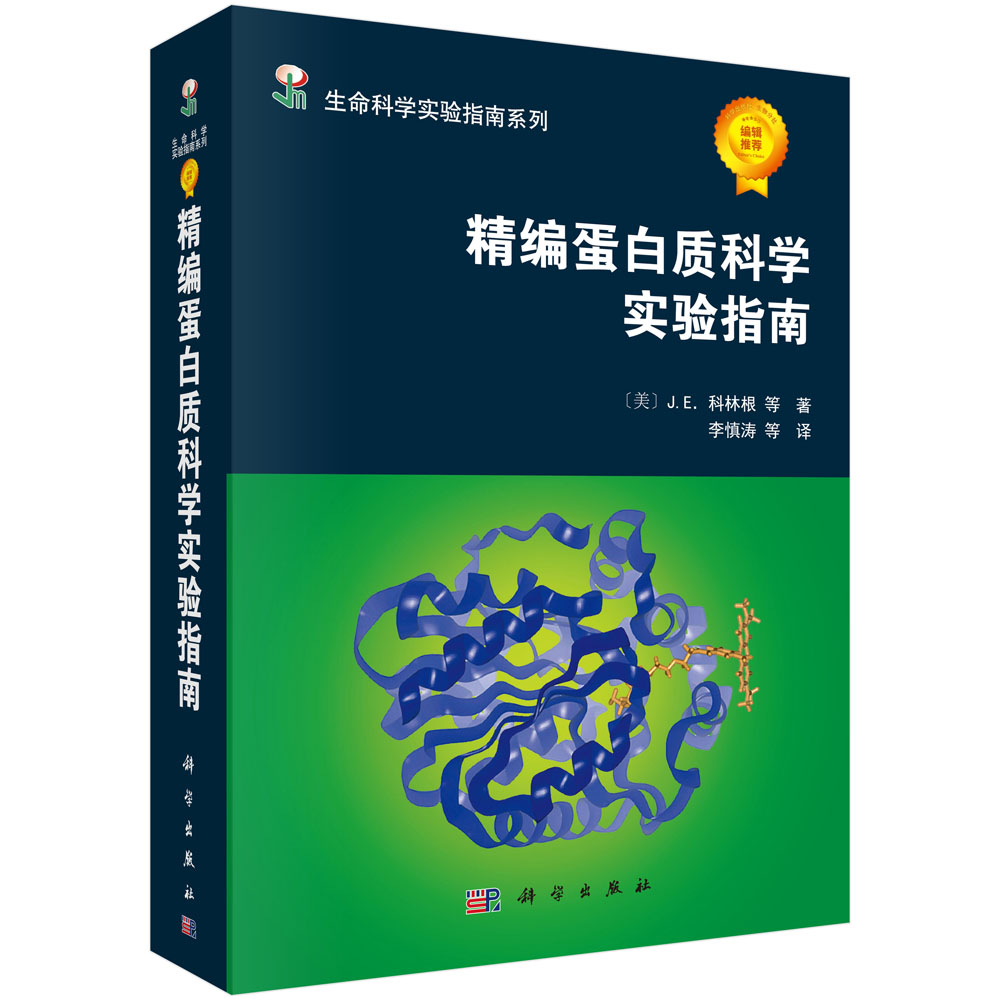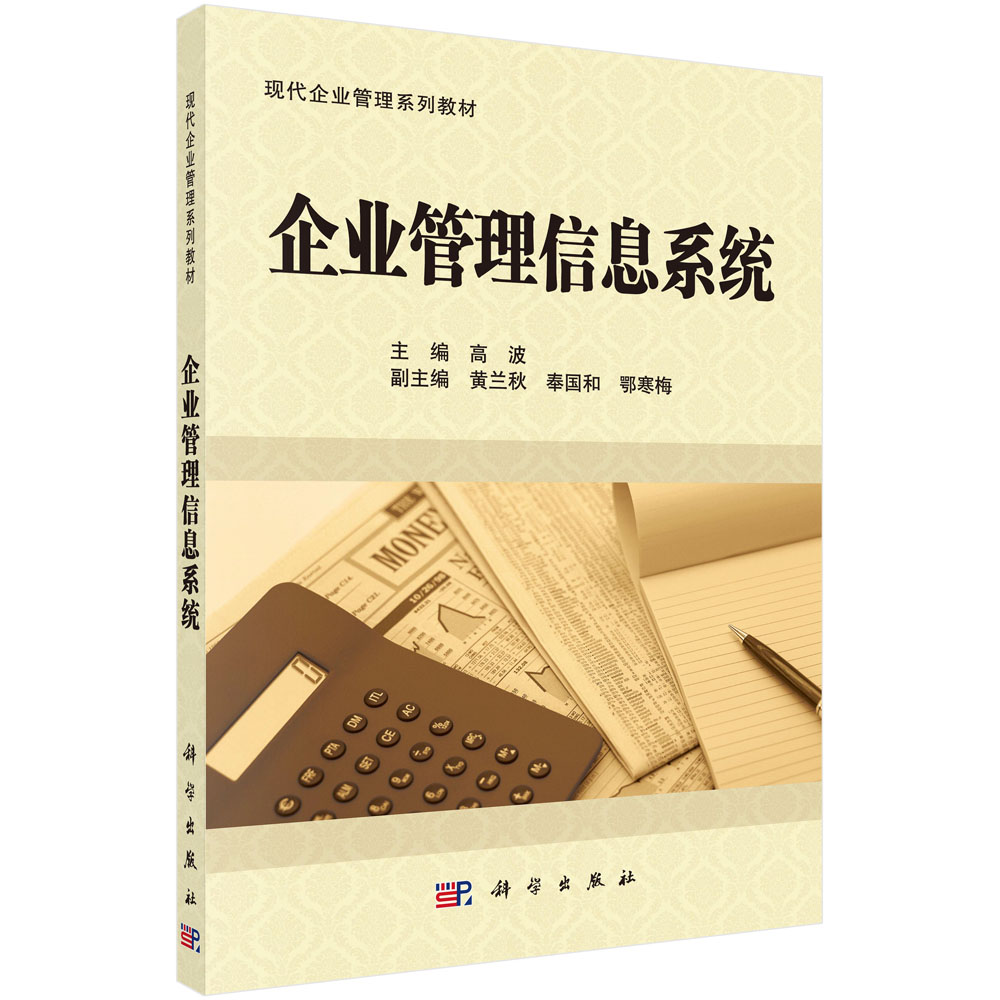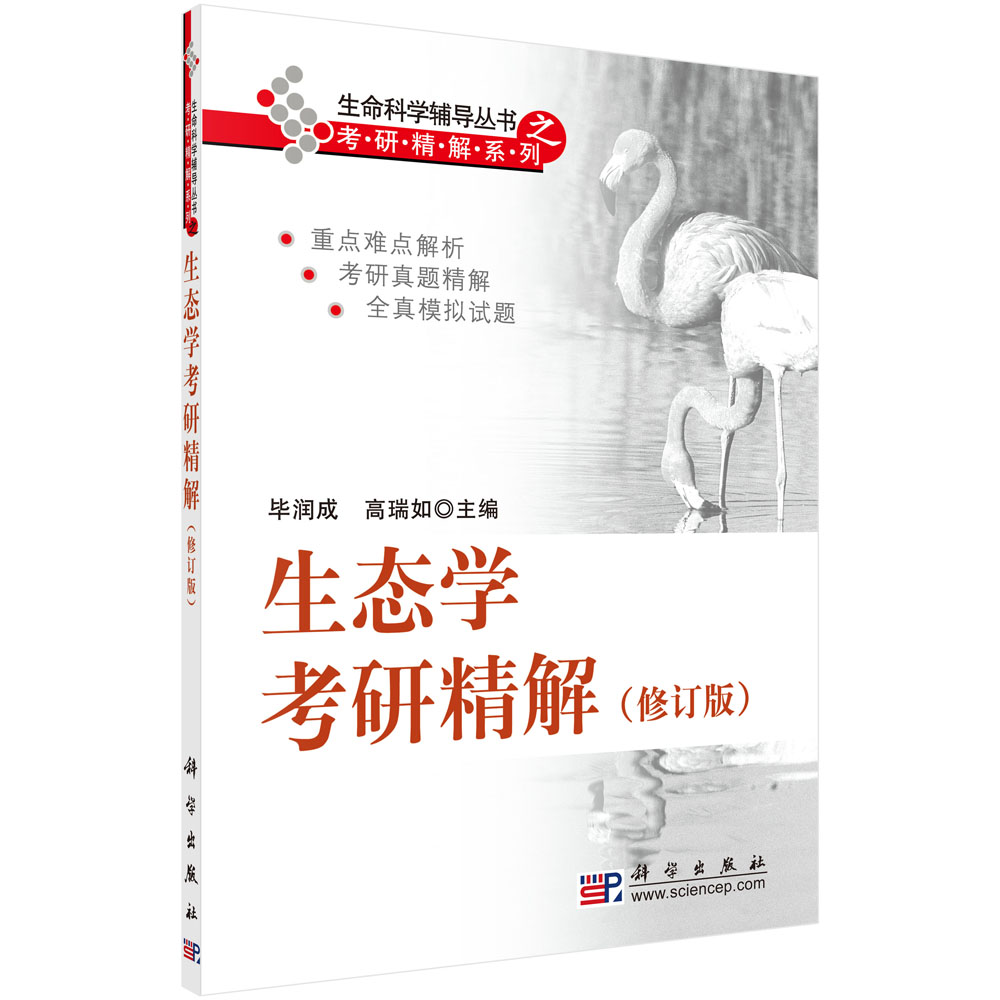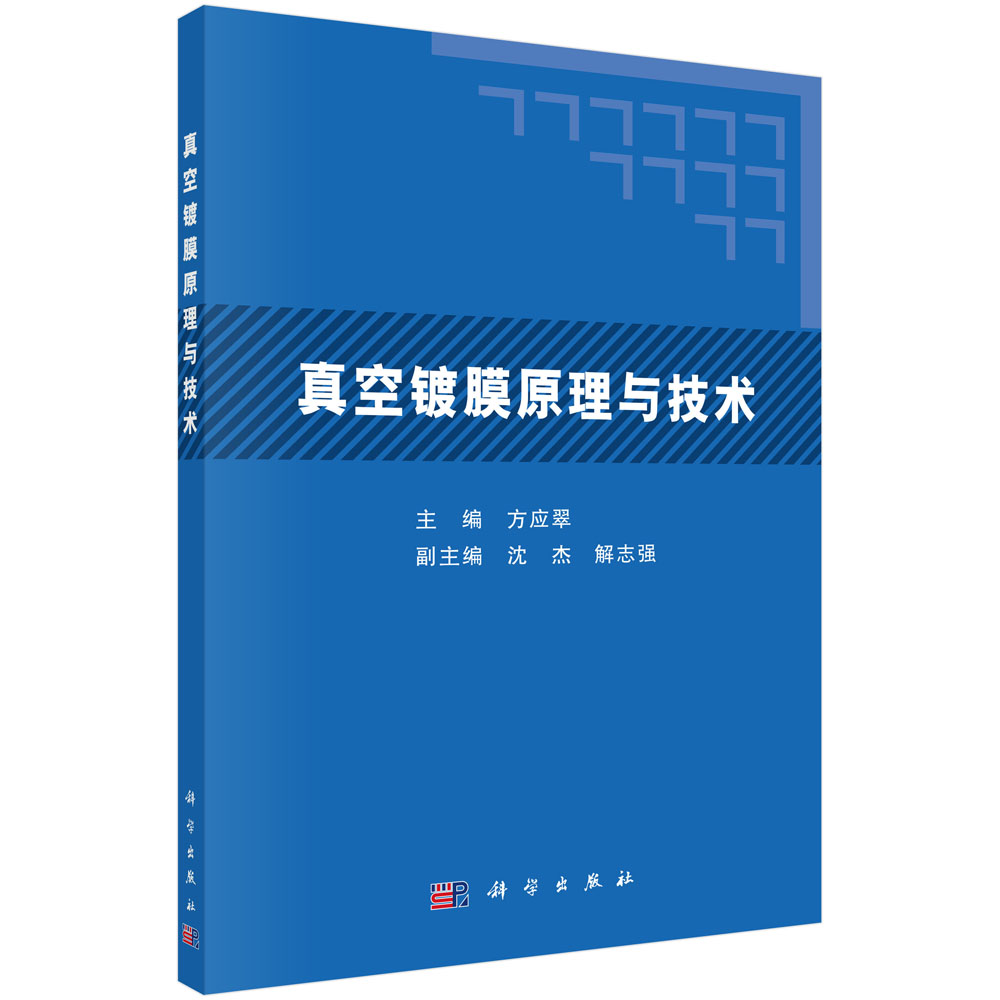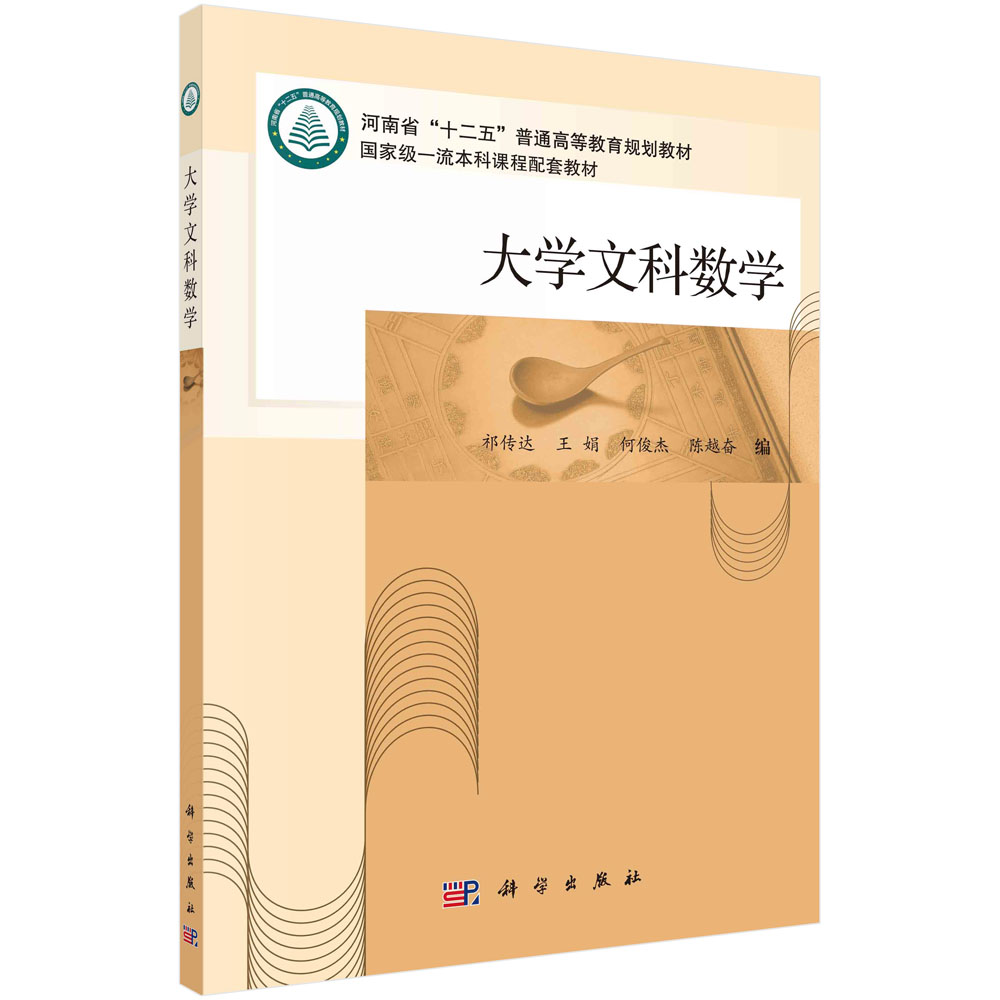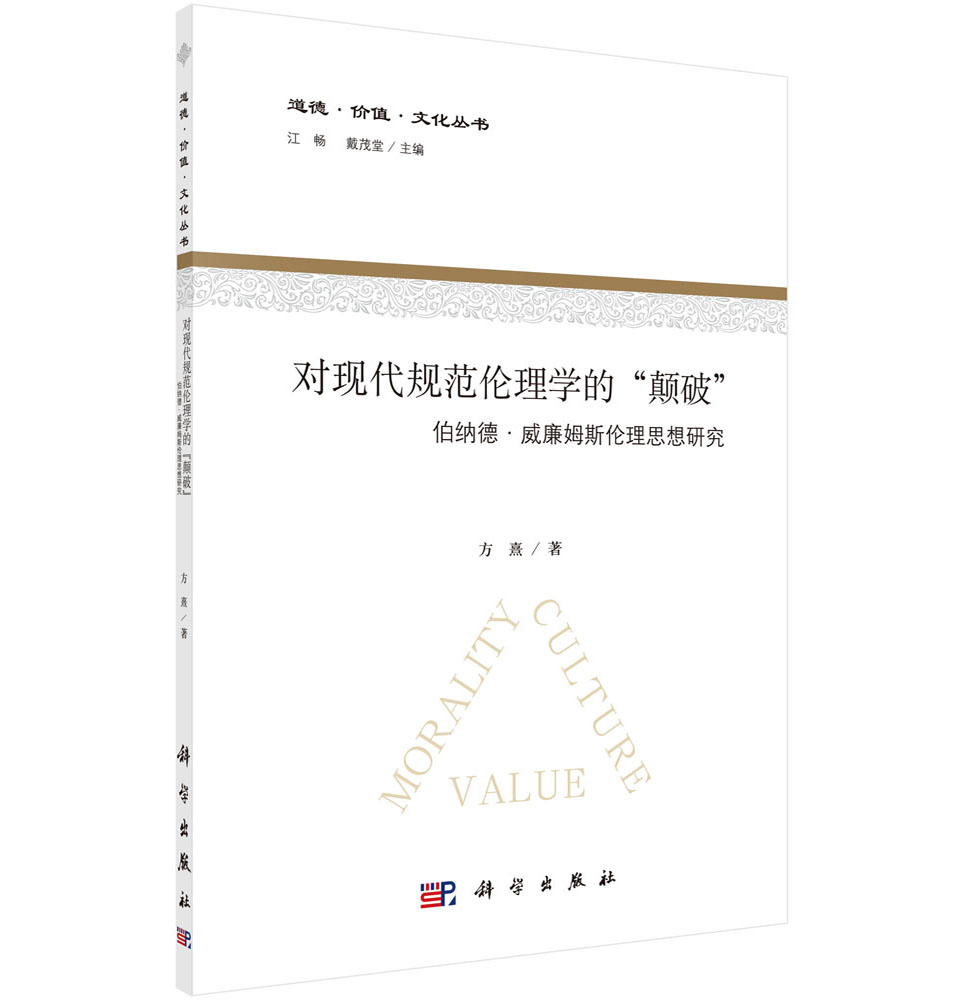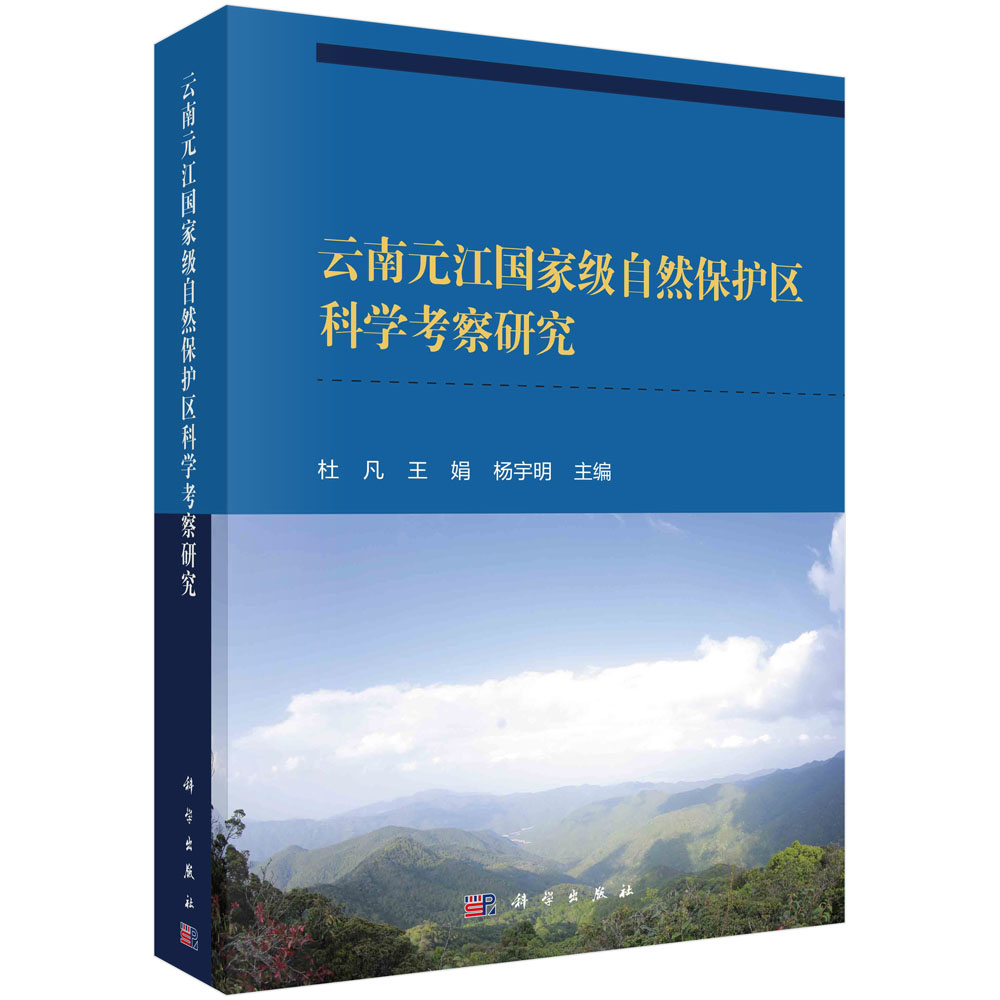本书是云南乌蒙山国家级自然保护区首次全面系统的综合科学考察的研究成果,全书分为6个部分,共22章,从综合评述、自然地理环境、植被与植物资源、动物资源、社会经济及管理评价与建设等学科领域,分25个专题进行了研究。第一部分为综合评述;第二部分为自然地理环境,包括地质地貌、气候、土壤等研究;第三部分为植被与植物资源,包括植物物种资源、植物区系特征、资源植物、珍稀濒危保护植物、植被类型及大型真菌等研究;第四部分为动物资源,包括哺乳类、鸟类、两栖爬行类、鱼类和昆虫等动物多样性特征和区系成分;第五部分为社会经济与历史文化,包括社会经济、民族历史文化、社会林业和生态旅游等的分析研究。最后在以上研究成果的基础上,从自然保护区管护与发展的角度对怎样实现保护区生物多样性保护与管理的总体目标做出综合评述。
样章试读
目录
- 目录
第一篇 乌蒙山国家级自然保护区综合评述
第1章 概述 3
1.1 概况 3
1.1.1 地理位置 3
1.1.2 性质和保护对象 4
1.2 自然地理特征 5
1.2.1 特殊的地理位置 5
1.2.2 地质地貌特征 6
1.2.3 气候特点 7
1.2.4 河流水文特征 9
1.2.5 土壤主要类型与分布规律 10
1.3 植物多样性特征 10
1.3.1 植物种类丰富,区系组成复杂 10
1.3.2 珍稀濒危保护植物种类极为丰富 13
1.3.3 特有植物十分丰富,特有类群比例很高 18
1.3.4 大型真菌多样性特征 22
1.3.5 资源植物的特点 23
1.4 植被类型 26
1.4.1 森林植被类型丰富,珍稀保护树种群落分布集中 26
1.4.2 主要的珍稀保护植物形成了优势群落 27
1.4.3 特殊的沼泽化草甸的保护价值 30
1.5 动物多样性特征 30
1.5.1 哺乳动物多样性特征 30
1.5.2 鸟类多样性特征 32
1.5.3 两栖爬行动物多样性特征 33
1.5.4 鱼类多样性特征 34
1.5.5 昆虫多样性特征 36
1.6 旅游资源评述 38
1.6.1 景观类型多样化且观赏价值高 39
1.6.2 可开展生态旅游的主要景区 40
1.7 综合评价 40
1.7.1 自然属性典型而特殊,有极高的保护价值 41
1.7.2 科学价值与社会经济价值极为突出 45
1.7.3 保护基础好,管理模式较先进 50
第二篇 自然地理环境
第2章 地质地貌 55
2.1 地质 55
2.1.1 地层 55
2.1.2 岩石 56
2.1.3 构造 57
2.2 地貌 58
2.2.1 地貌特征 58
2.2.2 地貌类型 59
第3章 气候 61
3.1 气候特点 61
3.1.1 干雨季分明,但“干季不干” 61
3.1.2 四季分明 61
3.1.3 气温年较差大、日较差小 62
3.1.4 光照少、雨日多、湿度大 62
3.1.5 地区差异显著 63
3.2 气候形成因素 63
3.2.1 地理环境 63
3.2.2 大气环流 64
3.3 气候资源 65
3.3.1 光能资源 65
3.3.2 热能资源 66
3.3.3 水分资源 68
3.3.4 气候小结 70
3.4 水文 71
3.4.1 河流 71
3.4.2 地下水 73
3.5 自然环境对保护区的影响 73
3.5.1 地貌对保护区的影响 73
3.5.2 气候对保护区的影响 73
3.5.3 水文对保护区的影响 73
3.6 对保护区开发和保护的建议 74
第4章 土壤 75
4.1 土壤形成条件 75
4.1.1 地形和母质 75
4.1.2 生物和气候条件 75
4.2 土壤发生特征和分布规律 76
4.2.1 土壤发生特征 76
4.2.2 土壤分类 77
4.2.3 土壤分布规律 78
4.3 土壤类型及其特点 78
4.3.1 黄棕壤 78
4.3.2 黄壤 80
4.3.3 紫色土 81
4.3.4 沼泽土 82
4.4 土壤小结 83
4.4.1 成土因素及土壤形成过程的漫长性 83
4.4.2 土壤资源现状及其地位 85
4.4.3 土壤保护的主要途径 85
4.4.4 对保护区土壤管理的建议 86
第三篇 植被与植物资源
第5章 种子植物区系 89
5.1 植物区系的调查与研究方法 89
5.1.1 野外调查方法 89
5.1.2 标本鉴定与内业分析 89
5.2 种子植物区系组成与特征 90
5.2.1 种子植物区系组成 90
5.2.2 科的组成与区系分析 90
5.2.3 属的区系分析 101
5.2.4 种的区系分析 114
5.2.5 区系特有现象分析 120
5.2.6 考察中发现的云南新分布 127
5.3 与其他地区区系分布式样比较 133
5.4 结论 134
5.4.1 区系组成 134
5.4.2 区系性质 134
5.4.3 区系来源 135
5.4.4 区系特有现象 135
5.4.5 区系地位 135
5.4.6 保护区新分布 136
第6章 植被 137
6.1 研究背景 137
6.2 调查研究方法 138
6.2.1 植被调查方法 138
6.2.2 样地资料整理 138
6.3 植被类型的划分 140
6.3.1 植被分类的原则 140
6.3.2 植物群落的命名 141
6.3.3 自然保护区的植被类型 141
6.4 植被类型分论 143
6.4.1 常绿阔叶林 143
6.4.2 常绿落叶阔叶混交林 200
6.4.3 竹林 273
6.4.4 草甸 293
6.5 植被的分布规律 304
6.5.1 植被的水平分布特点 304
6.5.2 植被的垂直分布特点 305
6.5.3 群落演替规律 305
6.5.4 植被的特点 306
第7章 竹类植物 308
7.1 竹类植物种类组成 308
7.1.1 竹种名录 308
7.1.2 属种介绍 310
7.1.3 竹类植物的形态结构多样性 315
7.2 竹类植物的区系成分 316
7.2.1 属的分布区类型 316
7.2.2 种的分布区类型 317
7.3 竹林类型 319
7.4 竹类资源的主要特点 319
第8章 蕨类植物 321
8.1 蕨类植物的区系组成 321
8.2 蕨类植物的地理成分 322
8.3 蕨类植物的区系特征 324
第9章 珍稀濒危保护植物 345
9.1 珍稀濒危保护植物背景 345
9.2 珍稀濒危保护植物的基本情况 346
9.3 珍稀濒危保护植物的特点及其分布 358
9.3.1 国家级和云南省级保护植物科、属、种情况 358
9.3.2 珍稀濒危保护植物的垂直分布特点 358
第10章 资源植物 359
10.1 资源植物的概念、研究的意义及分类 359
10.2 主要资源植物类型的现状及前景 360
10.2.1 野生可食植物 360
10.2.2 蜜源植物 362
10.2.3 芳香油植物 363
10.2.4 油脂植物 365
10.2.5 有毒植物 368
10.2.6 药用植物 371
10.2.7 鞣料和树脂植物 382
10.2.8 纤维植物 383
10.2.9 经济昆虫寄主植物 384
10.2.10 木材资源植物 385
10.2.11 观赏植物 387
10.2.12 淀粉及糖类植物 391
10.3 资源植物的特点 392
10.3.1 种类繁多、类别齐全,但利用率低 392
10.3.2 具有特殊资源价值的植物种类繁多、数量大 392
10.3.3 种质资源丰富 393
10.4 资源植物合理开发和利用的建议 393
第11章 大型真菌 395
11.1 考察简况 395
11.2 大型真菌目、科、属分布 395
11.3 本次考察发现的新记录种 399
11.3.1 中国新记录种 399
11.3.2 云南新记录种 399
11.4 区系初步分析 400
11.4.1 优势科属分析 400
11.4.2 大型真菌区系分析 401
11.5 本次考察发现大型真菌的生态型与利用类型分析 403
11.5.1 生态类型 403
11.5.2 利用价值 403
11.6 大型真菌名录 404
第四篇 动物资源
第12章 哺乳类 415
12.1 哺乳动物概况 416
12.1.1 物种多样性 416
12.1.2 哺乳动物组成 417
12.2 哺乳动物分布型 418
12.2.1 科分布型 418
12.2.2 属分布型 419
12.2.3 种的分布型 421
12.2.4 哺乳动物分布的边缘效应 423
12.2.5 连贯东西、汇通南北的森林动物走廊 424
12.3 哺乳动物区系及其特点 424
12.3.1 哺乳动物区系特征 426
12.3.2 特有类群多 426
12.4 动物地理区划 427
12.5 保护野生动物 427
12.6 哺乳动物的保护价值 428
12.7 珍稀濒危哺乳动物简记 429
第13章 鸟类 438
13.1 调查研究概况 439
13.2 生境分布 439
13.3 居留情况分析 440
13.4 区系特征分析 441
13.4.1 分布型分析 441
13.4.2 区系特征组成 443
13.5 资源状况分析 444
13.6 珍稀保护鸟类 444
13.6.1 国家Ⅰ级重点保护的种类 445
13.6.2 国家Ⅱ级重点保护的主要鸟类 446
13.7 保护区对保护鸟类的重要意义 448
第14章 两栖爬行动物 469
14.1 调查方法 470
14.2 调查范围 471
14.3 调查结果 471
14.3.1 物种组成 471
14.3.2 区系分析 471
14.3.3 主要物种及其特点 476
14.3.4 珍稀、濒危和重点保护两栖爬行动物种类 477
14.4 综合评价 477
第15章 鱼类 479
15.1 研究背景 479
15.1.1 研究概况 479
15.1.2 水域概况 480
15.1.3 研究方法 480
15.2 鱼类区系及特点 481
15.2.1 区系组成 481
15.2.2 资源现状 481
15.2.3 多样性特点 482
15.3 保护与科学价值 484
15.3.1 代表性 484
15.3.2 稀有性及特有性 484
15.3.3 保护价值 485
15.3.4 经济和社会价值 486
15.4 主要鱼种各论 486
附录 昭通北部地区鱼类名录 491
第16章 昆虫 494
16.1 考察研究概况 494
16.2 昆虫分类群多样性分析 495
16.3 具有科学价值的新发现 497
16.4 区系成分分析 497
16.5 昆虫资源特色分析 502
16.6 昆虫名录及地理分布 503
第五篇 社会经济与历史文化
第17章 社会经济 539
17.1 社会经济概况 539
17.1.1 社会经济发展基本情况 539
17.1.2 乌蒙山国家级保护区的重要性及保护的紧迫性 540
17.2 自然资源现状及其利用状态分析 542
17.2.1 动植物资源 543
17.2.2 水能资源 543
17.2.3 景观资源 544
17.2.4 矿产资源 545
17.3 周边社区经济状况分析 545
17.3.1 经济收入水平及构成分析 545
17.3.2 交通状况 546
17.3.3 消费状况 546
17.4 人口与教育 547
17.4.1 人口 547
17.4.2 教育 547
17.5 周边社区经济社会发展问题及建议 548
17.5.1 存在问题 548
17.5.2 对策建议 549
第18章 民族历史文化 551
18.1 昭通文化 551
18.1.1 历史文化 551
18.1.2 民族构成 552
18.1.3 民族民间文化 553
18.2 多元文化特征 554
18.2.1 多元文化形成的因素 554
18.2.2 多元文化的本土化与创新 556
第19章 社会林业 558
19.1 调查方法及内容 559
19.2 周边社区生态经济现状 559
19.2.1 土地权属系统 559
19.2.2 土地利用现状 559
19.2.3 土地利用方式 560
19.3 周边社区利用森林资源的状况 560
19.4 周边社区发展社会林业存在的主要问题 562
19.5 促进周边社区参与保护区管理的途径 563
第20章 生态旅游 565
20.1 旅游资源评价 565
20.1.1 山地景观 565
20.1.2 水域景观 565
20.1.3 生物景观 565
20.1.4 人文景观 565
20.2 客源和市场分析 566
20.2.1 客源市场现状 566
20.2.2 客源市场发展分析 566
20.3 旅游区划与项目规划 566
20.3.1 旅游区划 566
20.3.2 旅游项目规划 568
20.4 环境容量分析 569
20.4.1 容量测算方法 569
20.4.2 景区游客容量 570
20.5 环境质量控制 570
20.6 旅游效益分析 571
第六篇 评价与建设
第21章 生物多样性评价 575
21.1 自然属性 575
21.2 科学价值与社会经济价值 580
21.2.1 科学价值 580
21.2.2 生物多样性具有生态经济和社会价值 582
第22章 建设与保护管理 584
22.1 保护区类型和主要保护对象 584
22.1.1 保护区类型 584
22.1.2 主要保护对象 584
22.2 建设及管理现状 586
22.3 管理措施及成效评价 587
22.3.1 管理措施 587
22.3.2 保护管理成效评价 589
22.4 存在的主要问题 590
22.5 对保护区建设和管理的对策与建议 593
附录一 An Overview of Wumeng Mountains National Nature Reserve 597
1 Overview of the Nature Reserve 599
1.1 Geographic Location 599
1.2 Legal Status and Conservation Targets of the Nature Reserve 600
1.2.1 Legal Status of the Nature Reserve 600
1.2.2 Categorization of the Nature Reserve 600
1.2.3 Primary Conservation Targets 600
2 Physical and Geographical Features 602
2.1 Unique Geographical Location 602
2.2 Geological and Geomorphological Features 602
2.2.1 Strata 602
2.2.2 Rocks 603
2.2.3 Geological Structures 603
2.2.4 Physiognomic Features 603
2.2.5 Geomorphic Types 604
2.3 Climatic Features 605
2.3.1 Four Distinct Seasons 605
2.3.2 Distinct Dry and Rainy Season, but Humid in Dry Season 605
2.3.3 Large Annual but Minimal Diurnal Differences in Air Temperature 606
2.3.4 Less Sunlight, More Rainy Days and High Humidity 606
2.3.5 Significant Regional Climate Differences 606
2.3.6 Climate and Vegetation Features Different from Other Parts of Yunnan 607
2.4 Hydrological Characteristics of Rivers 608
2.5 Main Types and Distribution Patterns of Soils 609
3 Characteristics of Plant Species Diversity 610
3.1 Rich Plant Species and Complex Floral Composition 610
3.1.1 Rich Composition of Vascular Plants 610
3.1.2 Complex Floral Composition 610
3.1.3 Areal Type Characteristics of Seed Plant Genera 612
3.1.4 Floral Traits of Seed Plants Are of Mainly Temperate Elements, but with Stronger Features of the Central China Flora 613
3.1.5 Remarkable Diversity of Floral Sources and a Wide Range of Geographical Elements 613
3.1.6 Outstanding Floral Endemism as Important Conservation Targets 614
3.1.7 Floral Status of the Rare and Endangered or Remnant Types Worldwide Implies Extremely Important Conservation Value 614
3.2 Extremely Abundant Rare and Endangered Protected Plant Species 615
3.2.1 National Key Protected Wild Plants 615
3.2.2 Key Protected Plants of Yunnan Province 616
3.2.3 Protected Species on China Species Red List 617
3.2.4 Protected Plants in CITES Appendices 619
3.2.5 The National and Provincial Protected Plants Sharing a High Proportion of the Monotypic and Oligotypic Genera in the Reserve Are the Elite Elements and Primary Conservation Targets 620
3.3 Rich Plant Species Endemic to the Reserve and High Proportion of Endemic Taxa 621
3.3.1 Genera Endemic to China 621
3.3.2 Species Endemic to China 621
3.3.3 Species Endemic to the Reserve 621
3.3.4 Species Common to the Reserve and Yunnan 621
3.3.5 Prominent Floristic Endemism 622
3.3.6 New Discovery and Abundant New Distribution in Yunnan Have Exceptional Significance in China’s East Asian Biogeographic Region 623
3.3.7 Prominent Diversity of Bamboo Floral Assemblage and an Important Natural Distribution Center of Monopodial Bamboo Species in China 624
3.4 Features of Macrofungal Diversity 625
3.4.1 High Macrofungal Species Diversity 625
3.4.2 Prominent Diversity of Biogeographical Characteristics of Macrofungi 625
3.4.3 High Utilization Value of the Ecotypic Diversity of Macrofungi 626
3.5 Characteristics of Resources Plants in the Reserve 627
3.5.1 Numerous Species and Complete Categories of Resource Plants 627
3.5.2 Wide Variety and Large Quantities of Plants with Special Resource Value 630
4 Vegetation Types 631
4.1 Plentiful Vegetation Types and Concentrated Distribution of Forest Communities of Rare and Protected Tree Species 631
4.2 Main Rare and Protected Plant Species Formed Dominant Associations 632
4.2.1 Rare Formation Tetracentron sinensis 633
4.2.2 Southern Limit of the Geographical Distribution of Association Fagus lucid 633
4.2.3 Rare Pure Davidia involucrata Forest Is Preserved 634
4.2.4 Largest Distribution of Monodominant Dipentodon Sinicus Forest in China 635
4.2.5 Only Domestic Distribution of Monodominant Primary Vegetation Type of Acer flabellatum Endemic to China 635
4.3 Conservation Value of the Special Marsh Meadows in the Reserve 636
5 Features of Animal Diversity 637
5.1 Features of Animal Diversity 637
5.1.1 Abundant Species Composition 637
5.1.2 Presence of Many Rare and Protected Species 638
5.1.3 Plentiful Endemic Taxonomic Groups 638
5.1.4 Distinct Transitional Nature 639
5.1.5 Edge Effect of Mammalian Distribution 639
5.2 Features of Bird Diversity 640
5.2.1 Features of Bird Species Composition 640
5.2.2 Important Role and Conservation Value of Birds in Wumeng Mountains National Nature Reserve 641
5.3 Features of Amphibians and Reptile Diversity 641
5.3.1 Abundant Species and Complex Faunal Composition 641
5.3.2 High Conservation Value of Amphibians and Reptiles 642
5.4 Features of Fish Diversity 643
5.4.1 Diverse Composition of Taxonomic Groups 643
5.4.2 Complex Fauna Composition Distinct Transitional Features 643
5.4.3 Diverse Ecotypes 644
5.4.4 Plentiful Fish Species with Economic Value 644
5.4.5 High Value of Fishes for Research and Conservation 645
5.5 Features of Insect Diversity 647
5.5.1 New Discoveries of Scientific Value 647
5.5.2 Faunal Composition with Transitional Features and Abundant Endemic
Species 647
5.5.3 Distinct Features of Resource Insects 648
6 Tourism Resources 651
6.1 Diverse Landscape Types and High Appreciation Value 651
6.1.1 Mountain Landscape 651
6.1.2 Waterscape 652
6.1.3 Biological Landscape 652
6.1.4 Humanistic Landscape 652
6.2 Main Scenic Areas with Potentials for Tourism Development 653
6.2.1 Xiaocaoba Scenic Area 653
6.2.2 Luohanba Scenic Area 653
6.2.3 Sanjiangkou Scenic Area 653
7 Comprehensive Review 655
7.1 Typical but Special Natural Attributes with an Extremely High Conservation Value 655
7.1.1 Typical Representative Types of Subtropical Montane Humid Evergreen Broad-leaved Forests in China 655
7.1.2 Peripheral Nature and Deep-incised Mountains Leading to Ecological Fragility 656
7.1.3 Special Geographical Location and Transition Nurtured Rich Biodiversity 657
7.1.4 Diversity Coupled with High Sensitivity in the Convergent and Transitional Region 658
7.1.5 Concentrated Distribution of Rare Plants and Outstanding Rarity 659
7.1.6 Unique Biogeographic Regions Leading to Abundant Endemic Taxonomic Groups 660
7.1.7 Best Preserved Naturalness Relative to Other Areas in the Wumeng Mountains 661
7.1.8 Preserving the Ancient Origin of Biogeographic Taxa 662
7.2 Prominent Science and Socio-economic Values of the Nature Reserve 663
7.2.1 Extremely High and Irreplaceable Science Value 663
7.2.2 Prominent Social and Economic Value 668
7.3 Sound Conservation Conditions and Creative Management Models 670
7.3.1 Promulgating Relevant Regulations and Enhancing Law Enforcement 671
7.3.2 Strengthening Awareness Education of the Ecological Environment and
Enhancing Understanding of the Reserve 672
7.3.3 Improving the Rules and Regulations for Nature Reserve Management 672
7.3.4 Implementation of Ecological Restoration and Reconstruction Projects to Mitigate the Island Effect on the Rare and Endangered Species in the Reserve 672
7.3.5 Economic Development in the Adjacent Communities of the Reserve and Mitigation of the Conflicts Between the Reserve and Resources Use 673
附录二 保护区种子植物名录 675
裸子植物 675
G04松科Pinaceae 675
G06柏科Cupressaceae 676
G08三尖杉科Cephalotaxaceae 676
G09红豆杉科Taxaceae 676
被子植物 676
1木兰科Magnoliaceae 676
2a八角科Illiciaceae 677
3五味子科Schisandraceae 678
6a领春木科Eupteleaceae 678
6b水青树科Tetracentraceae 678
7连香树科Cercidiphyllaceae 679
11樟科Lauraceae 679
15毛茛科Ranunculaceae 682
15a芍药科Paeoniaceae 685
17金鱼藻科Ceratophyllaceae 686
19小檗科Berberidaceae 686
21木通科Lardizabalaceae 687
23防己科Menispermaceae 688
24马兜铃科Aristolochiaceae 689
28胡椒科Piperaceae 689
29三白草科Saururaceae 689
30金粟兰科Chloranthaceae 690
32罂粟科Papaveraceae 690
33紫堇科Fumariaceae 690
39十字花科Cruciferae 691
40堇菜科Violaceae 692
42远志科Polygalaceae 693
45景天科Crassulaceae 693
47虎耳草科Saxifragaceae 694
53石竹科Caryophyllaceae 696
57蓼科Polygonaceae 698
59商陆科Phytolaccaceae 700
63苋科Amaranthaceae 700
65亚麻科Linaceae 701
67牻牛儿苗科Geraniaceae 701
69酢浆草科Oxalidaceae 701
71凤仙花科Balsaminaceae 702
77柳叶菜科Onagraceae 703
78小二仙草科Haloragaceae 705
79水马齿科Callitrichaceae 705
81瑞香科Thymelaeaceae 705
84山龙眼科Proteaceae 706
87马桑科Coriariaceae 706
88海桐科Pittosporaceae 706
93大风子科Flacourtiaceae 706
103葫芦科Cucurbitaceae 707
104秋海棠科Begoniaceae 708
108茶科Theaceae 708
112猕猴桃科Actinidiaceae 711
113水东哥科Saurauiaceae 713
120野牡丹科Melastomataceae 713
123金丝桃科Hypericaceae 714
128椴树科Tiliaceae 714
128a杜英科Elaeocarpaceae 715
136大戟科Euphorbiaceae 715
136a虎皮楠科Daphniphyllaceae 717
139a鼠刺科Iteaceae 717
141茶藨子科Grossulariaceae 717
142绣球花科Hydrangeaceae 718
143蔷薇科Rosaceae 720
146苏木科Caesalpiniaceae 732
147含羞草科Mimosaceae 733
148蝶形花科Papilionaceae 733
150旌节花科Stachyuraceae 735
151金缕梅科Hamamelidaceae 736
154黄杨科Buxaceae 736
156杨柳科Salicaceae 736
159杨梅科Myricaceae 738
161桦木科Betulaceae 738
162榛科Corylaceae 738
163壳斗科Fagaceae 739
165榆科Ulmaceae 743
167桑科Moraceae 743
169荨麻科Urticaceae 745
171冬青科Aquifoliaceae 747
173卫矛科Celastraceae 749
173a十齿花科Dipentodotaceae 751
185桑寄生科Loranthaceae 751
186檀香科Santalaceae 751
189蛇菰科Balanophoraceae 752
190鼠李科Rhamnaceae 752
191胡颓子科Elaeagnaceae 754
193葡萄科Vitaceae 754
194芸香科Rutaceae 756
195苦木科Simaroubaceae 758
197楝科Meliaceae 758
198a七叶树科Hippocastanaceae 758
200槭树科Aceraceae 758
201清风藤科Sabiaceae 760
201a泡花树科Meliosmaceae 760
204省沽油科Staphyleaceae 761
205漆树科Anacardiaceae 762
207胡桃科Juglandaceae 763
209山茱萸科Cornaceae 763
209a鞘柄木科Torricelliaceae 765
209b青荚叶科Helwingiaceae 765
209c桃叶珊瑚科Aucubaceae 766
210八角枫科Alangiaceae 766
211紫树科Nyssaceae 767
211a珙桐科Davidiaceae 767
212五加科Araliaceae 767
213伞形科Umbelliferae 770
215杜鹃花科Ericaceae 773
215a鹿蹄草科Pyrolaceae 776
216越桔科Vacciniaceae 777
219岩梅科Diapensiaceae 778
221柿树科Ebenaceae 778
223紫金牛科Myrsinaceae 778
224安息香科Styracaceae 779
225山矾科Symplocaceae 780
228马钱科Loganiaceae 782
229木樨科Oleaceae 782
230夹竹桃科Apocynaceae 784
231萝藦科Asclepiadaceae 784
232茜草科Rubiaceae 784
233忍冬科Caprifoliaceae 787
233a接骨木科Sambucaceae 791
235败酱科Valerianaceae 791
236川续断科Dipsacaceae 792
238菊科Compositae 792
239龙胆科Gentianaceae 805
239a睡菜科Menyanthaceae 807
240报春花科Primulaceae 807
242车前科Plantaginaceae 809
243桔梗科Campanulaceae 810
244半边莲科Lobeliaceae 810
249紫草科Boraginaceae 811
250茄科Solanaceae 812
251旋花科Convolvulaceae 812
251a菟丝子科Cuscutaceae 813
252玄参科Scrophulariaceae 813
253列当科Orobanchaceae 815
256苦苣苔科Gesneriaceae 815
257紫葳科Bignoniaceae 817
259爵床科Acanthaceae 817
263马鞭草科Verbenaceae 818
264唇形科Labiatae 818
266水鳖科Hydrocharitaceae 822
267泽泻科Alismataceae 822
276眼子菜科Potamogetonaceae 822
280鸭跖草科Commelinaceae 822
285谷精草科Eriocaulaceae 823
290姜科Zingiberaceae 823
293百合科Liliaceae 824
294假叶树科Ruscaceae 827
295延龄草科Trilliaceae 827
296雨久花科Pontederiaceae 828
297菝葜科Smilacaceae 828
302天南星科Araceae 831
303浮萍科Lemnaceae 831
305香蒲科Typhaceae 832
306石蒜科Amaryllidaceae 832
307鸢尾科Iridaceae 833
311薯蓣科Dioscoreaceae 833
318仙茅科Hypoxidaceae 834
326兰科Orchidaceae 834
327灯心草科Juncaceae 835
331莎草科Cyperaceae 836
332禾本科Gramineae 838
主要参考文献 851
云南乌蒙山国家级自然保护区综合科学考察组成机构及人员 857
一、考察团组成单位 857
二、考察团领导机构与人员 857
三、综合科学考察团各专题成员 859
四、参加考察工作的其他人员 860
图版
